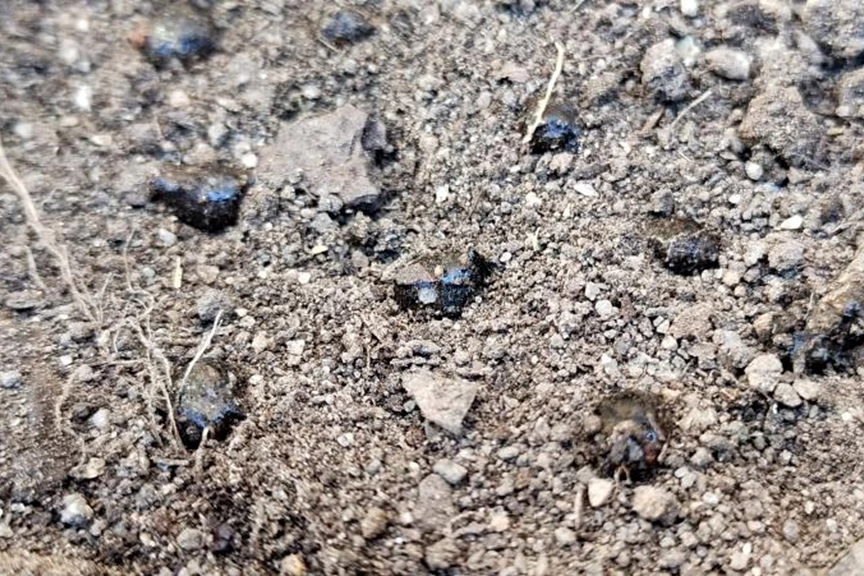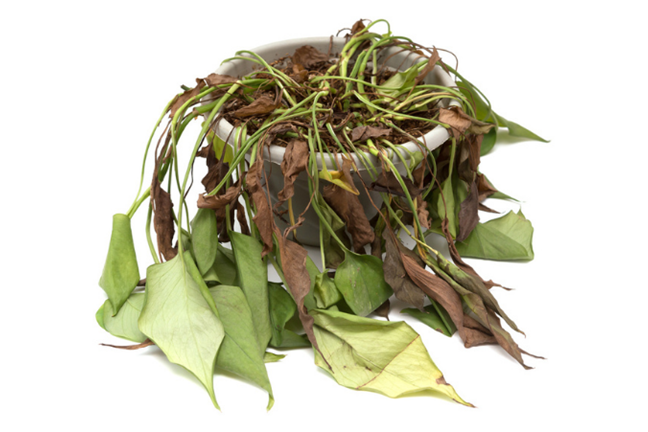Why Isn't My Soil or Potting Mix Absorbing Water?


Have you noticed that no matter how much you feed and water your plants, they seem to be always drooping, or lacking in size or vigour? It may be a case that your soil has become hydrophobic or water repellent. This means that the soil or potting mix is unable to absorb any moisture and therefore, plants are not getting the water or nutrients they need.
Hydrophobic or water repellent soil can also lead to water pooling and beading on the surface. This not only can create muddy puddles, but moisture sitting on the soil surface can promote diseases. For example, Pythium Blight can develop in lawns, and plants growing in gardens can suffer from root and collar rot diseases.
Poor seedling establishment can also occur, as it is difficult for the soil or potting mix around seeds to remain moist enough for successful germination or tiny seedlings find it challenging to break through the dry soil surface.
Soil becomes hydrophobic when waxy organic compounds coat the soil particles. If you have ever tried to pour water onto wax or mix oil and water, you will know that water simply runs off – this is exactly what is happening to your soil or potting mix. This waxy residue may originate from the fungi activity or arise from the decomposition of organic plant matter, especially from leaves that are waxy, contained resin, aromatic oils or fatty acids – all these components repel water.
Typically, these substances are broken down by soil microbes. However, if the garden suffers from neglect or there are dry spells or extended periods of drought, the lack of soil moisture limits microbial activity and therefore, the rate of decomposition of organic matter and these waxy substances is slowed.
As a result, the build-up of the waxy layer prevents water from infiltrating the soil profile, depriving plants of water and essential nutrients. Certain soil types are more prone to developing soil water repellency. Sandy soils are more susceptible but potting mixes can also suffer, particularly if they have been allowed to completely dry out.
If left untreated, plants will experience uneven or stunted growth. In severe cases, plants will eventually die.
To test for water repellent soil, use a watering can or hose and apply a small amount of water to the surface of the soil. Is it immediately absorbed, or does it pool and run off? If it's the latter, then your soil is hydrophobic. The same test can be applied to potted plants – a lot of gardeners believe their potting mix is absorbing water well because water runs through the drainage holes soon after watering. However, what may be missed is that the water pools on top and then simply runs down the side of the pot, giving the impression that the plant has been well watered.

To help break up the waxy layer, you will need to use a wetting agent or soil wetter. They are available in liquid or granular forms and act like a detergent to break up the waxy coating. They also lower the surface tension of the water molecules, allowing water to better penetrate the soil and get to where it's needed most — plant roots!
Try Yates Waterwise Soil Wetter Concentrate, Yates Waterwise Hose-On Soil Wetter or Yates Waterwise Soil Wetter for Lawns, Gardens & Pots.
Yates Waterwise Soil Wetter Concentrate and Yates Waterwise Hose-On Soil Wetter contains added seaweed and trace elements, and soil conditioners to help promote healthy growth and improve soil fertility.
Yates Waterwise Soil Wetter for Lawns, Gardens & Pots is rich in coconut fibre and helps hold moisture in the root zone for longer. A 30 L bag will treat up to 480 m2 of lawns and gardens. For potted plants, spread three teaspoons of the mix over the top of a 30 cm diameter pot and mix it gently into the potting mix. For different sized pots, apply one teaspoon for a 20 cm diameter pot or four teaspoons for a 40 cm diameter pot.
Yates Waterwise Soil Wetters should be re-applied at the beginning of each season or as required when soil water repellency symptoms are noticed. It's important to note that these wetting agents are only temporary solutions and should be used as required. However, the best way to help prevent or reduce the likelihood of hydrophobic soils, is to improve them.
Water repellent soil isn't just limited to garden beds and pot plants. Lawns can become hydrophobic and develop dry patches. If you have already ruled out issues with pests and diseases, then test the soil to see if its hydrophobic (see How to test if the soil is hydrophobic) and if required, treat with Yates Waterwise Soil Wetter Concentrate. For a convenient way to apply over a large area, use Yates Waterwise Hose-On Soil Wetter.